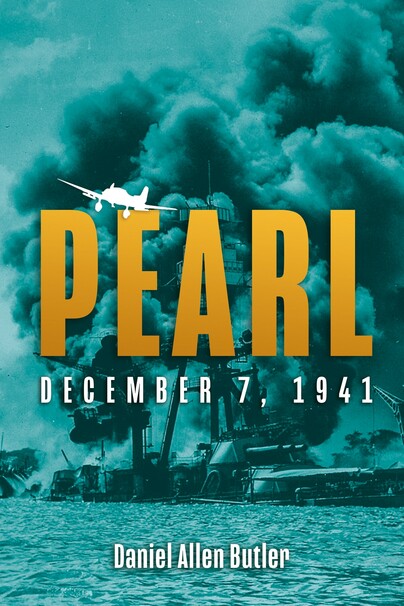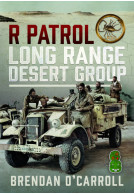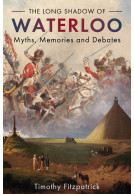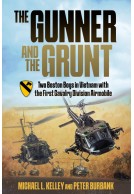Pearl (Paperback)
December 7, 1941
Imprint: Casemate Publishers
Pages: 360
Illustrations: 40 photographs
ISBN: 9781636244525
Published: 30th September 2024
Pages: 360
Illustrations: 40 photographs
ISBN: 9781636244525
Published: 30th September 2024
You'll be £19.95 closer to your next £10.00 credit when you purchase Pearl. What's this?
+£4.99 UK Delivery or free UK delivery if order is over £40
(click here for international delivery rates)
Order within the next 6 hours, 25 minutes to get your order processed the next working day!
Need a currency converter? Check XE.com for live rates
(click here for international delivery rates)
Order within the next 6 hours, 25 minutes to get your order processed the next working day!
Need a currency converter? Check XE.com for live rates
"The account that Butler lays out is very clear and easy to follow. It provides a series of dramatic moments and hits all the key elements of the story of Pearl Harbor that have appeared in the existing literature."—The Northern Mariner
What happened at Pearl Harbor? What really happened?
The Japanese attack on Pearl Harbor is one of those rare moments where, in the space of a few hours, the "hinge of Fate" turned and the course of history was utterly changed. Nearly eight decades later, it has become one of those events which almost everyone knows of, but hardly anyone seems to know about. How—and why—did the Empire of Japan and the United States of America collide on blood and flames that Sunday morning when the sun rose and the bombs fell?
Pearl: December 7, 1941 is the story of how America and Japan, two nations with seemingly little over which to quarrel, let peace slip away, so that on that "day which will live in infamy," more than 350 dive bombers, high-level bombers, torpedo planes, and fighters of the Imperial Japanese Navy did their best to cripple the United States Navy's Pacific Fleet, killing 2,403 American servicemen and civilians, and wounding another 1,178.
It's a story of emperors and presidents, diplomats and politicians, admirals and generals—and it's also the tale of ordinary sailors, soldiers, and airmen, all of whom were overtaken by a rush of events that ultimately overwhelmed them. Pearl shows the real reasons why America's political and military leaders underestimated Japan's threat against America's security, and why their Japanese counterparts ultimately felt compelled to launch the Pearl Harbor attack.
Pearl offers more than superficial answers, showing how both sides blundered their way through arrogance, overconfidence, racism, bigotry, and old-fashioned human error to arrive at the moment when the Japanese were convinced that there was no alternative to war. Once the battle is joined, Pearl then takes the reader into the heart of the attack, where the fighting men of both nations showed that neither side had a monopoly on heroism, courage, cowardice, or luck, as they fought to protect their nations.
Customers who bought this title also bought...
Other titles in Casemate Publishers...
















